That 'Hidden Gem' in China? Yeah, Hidden Behind 10,000 Selfie Sticks. #RealityCheck
-
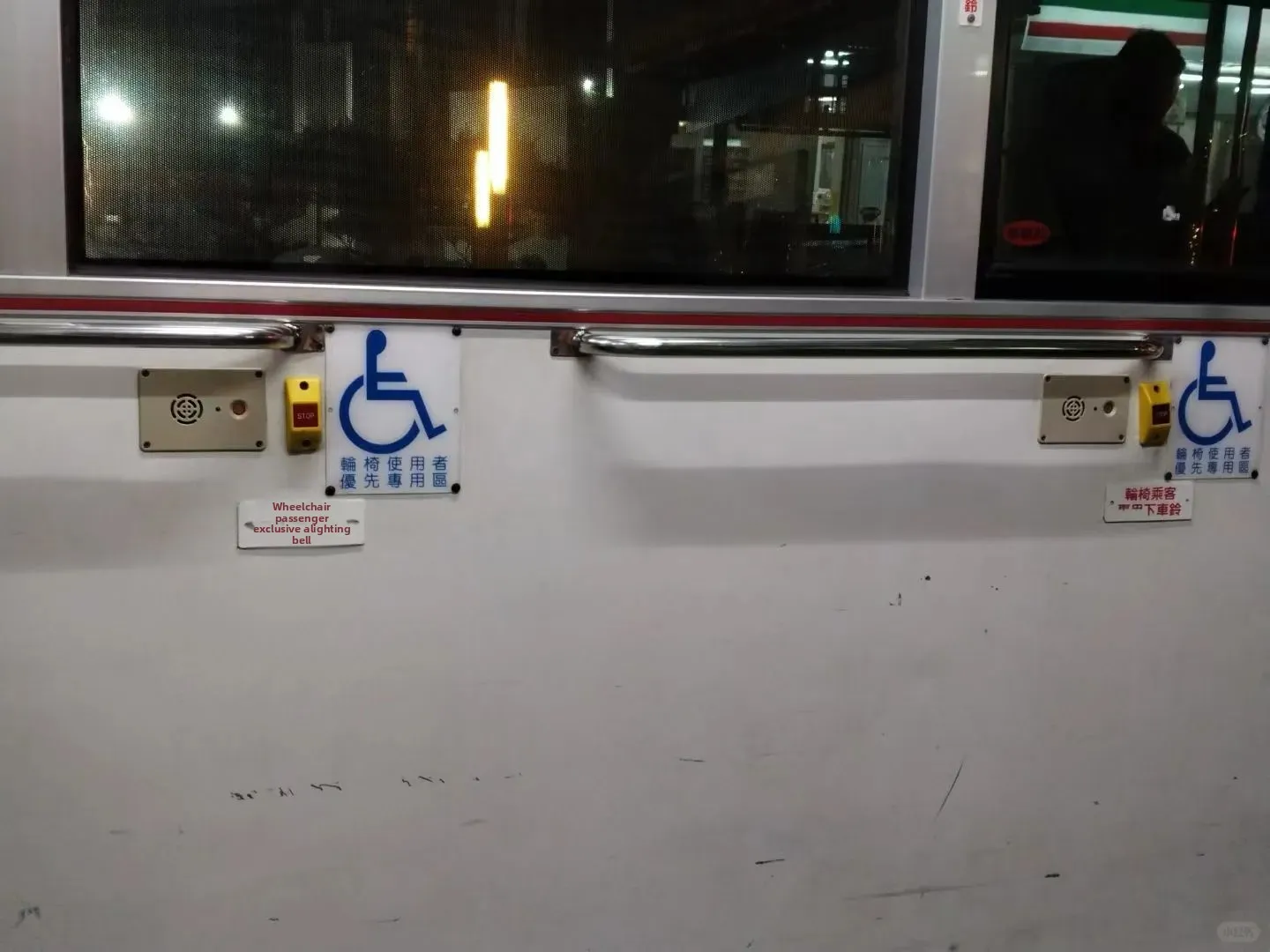
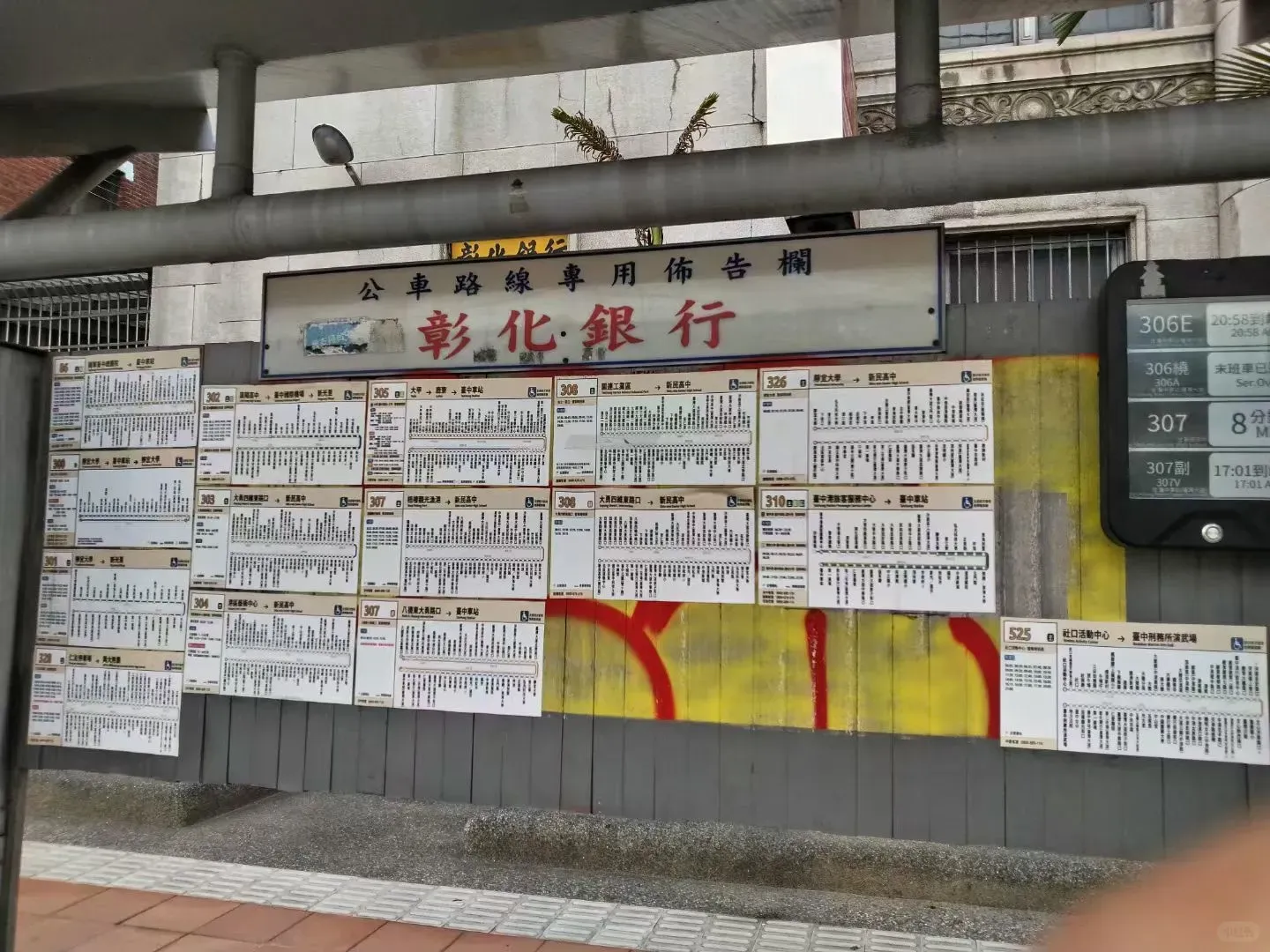

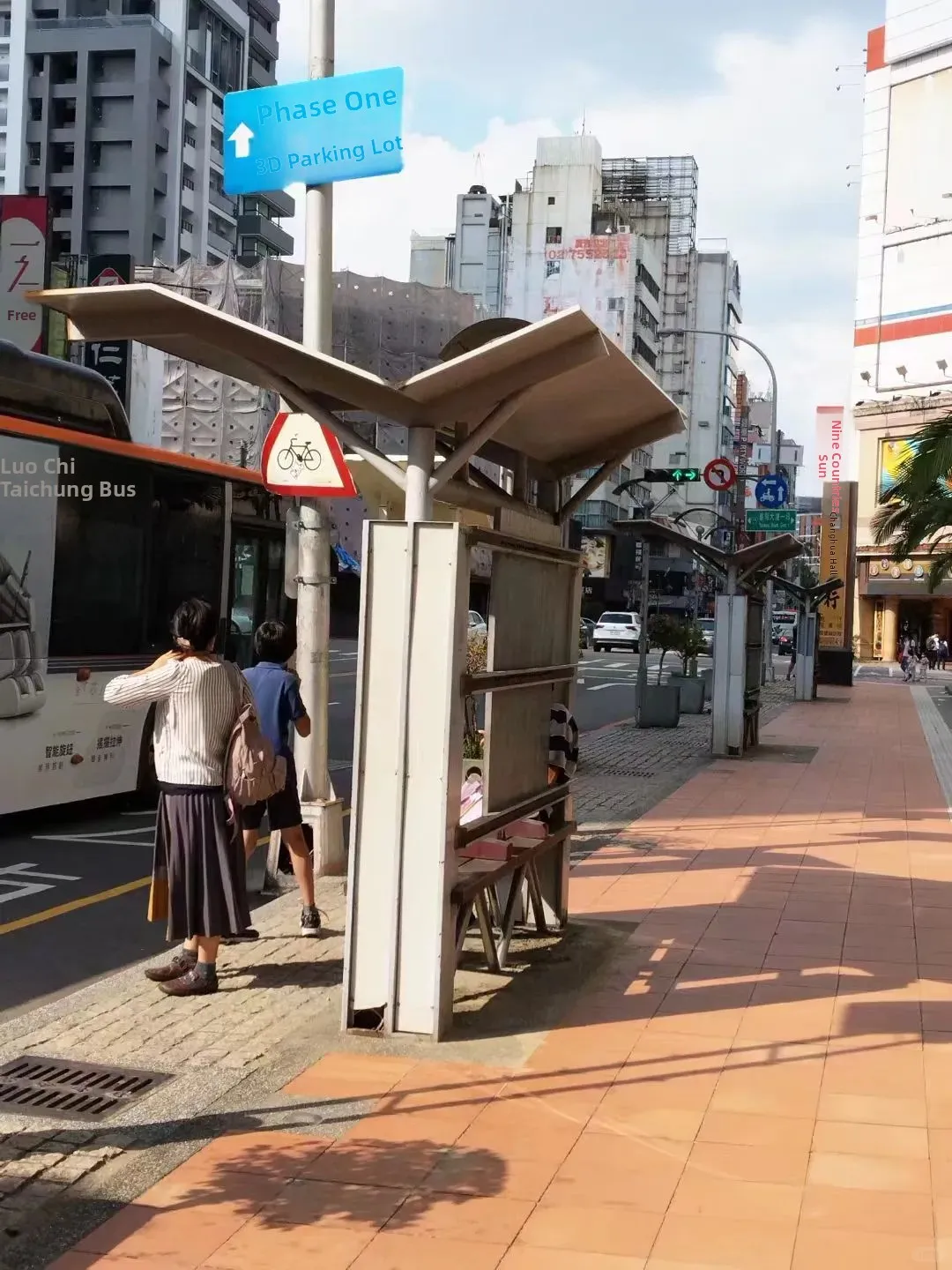
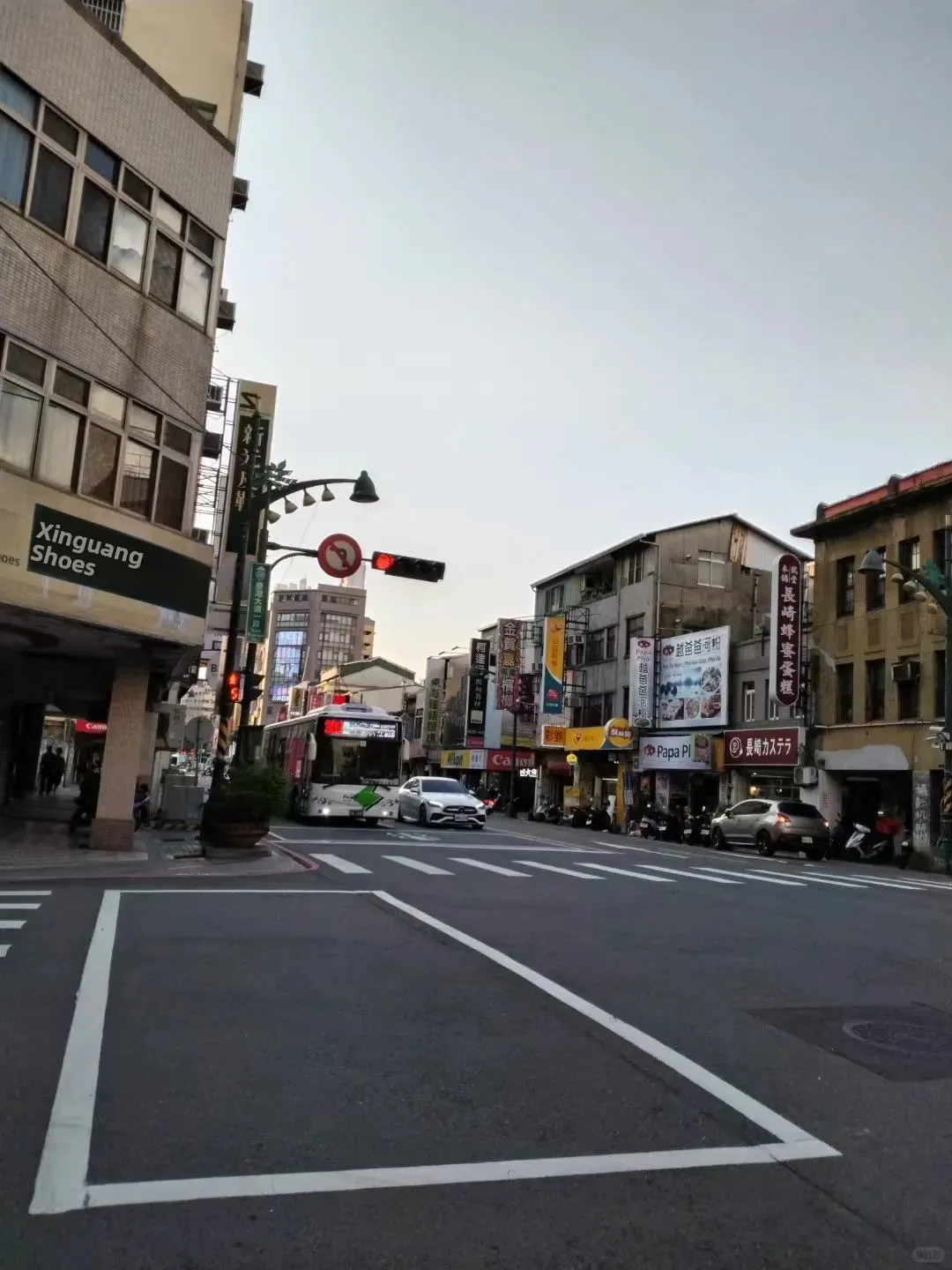
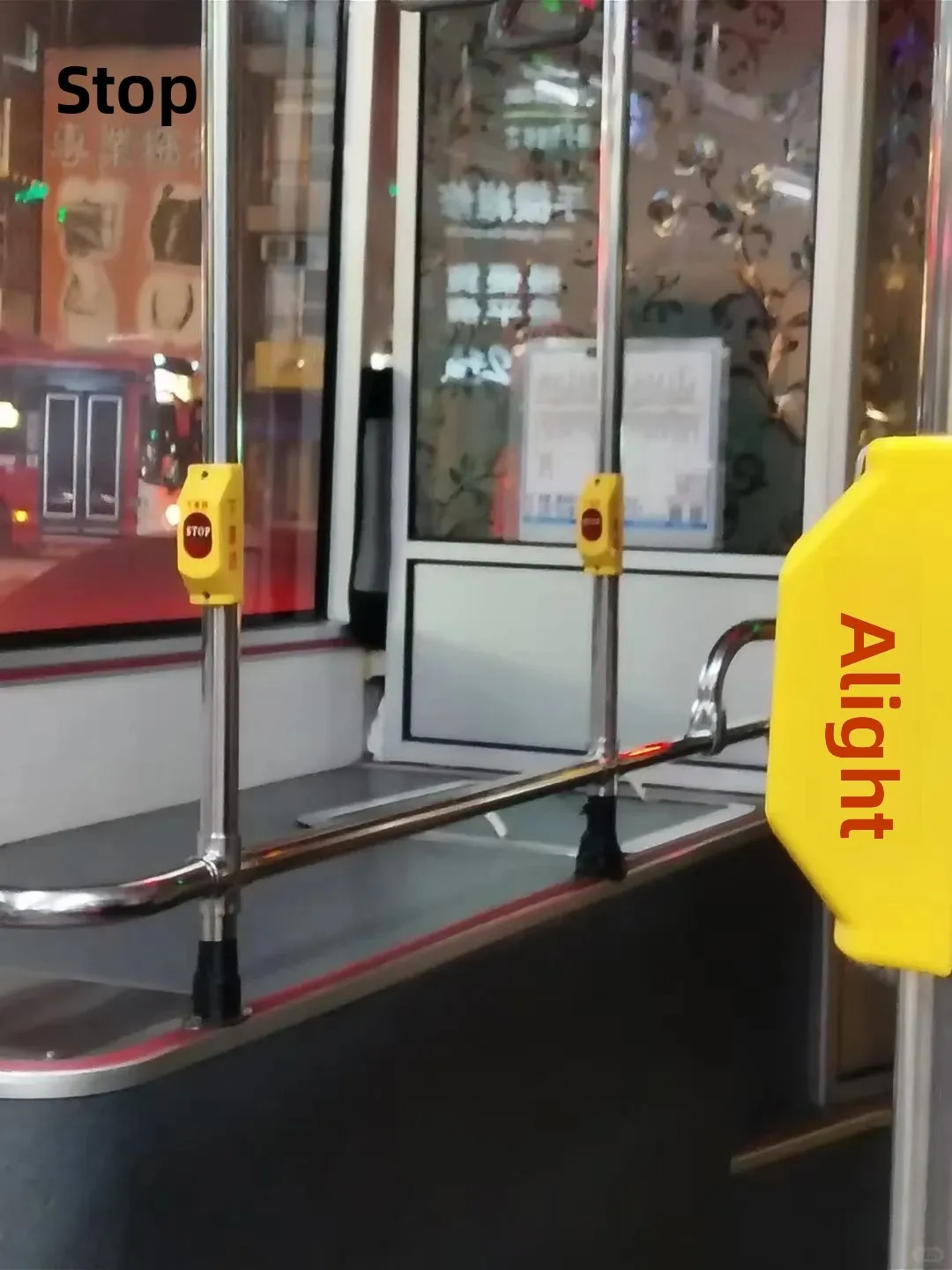
Of course! To help foreign friends understand better and appreciate your feelings, I'll polish the descriptions about public transportation in Taiwan. Here's the translation with a focus on readability and conveying the intended emotions:
Today, I must touch upon the buses in Taiwan that make me sigh! Take note, friends who are planning to come and play:
-
Street Conditions and Stops:
- Let's start with the roads. The streets in some Taiwanese cities are well-planned and divided neatly like giant chessboards, which we call "grid-like" layouts.
- This results in a stop almost every hundred meters, with virtually every street intersection equipped with bus stops.
- Therefore, when a bus runs its route, it's common to stop at seven or eight dozen stops! One can imagine how much time is wasted with all these stops and pauses.
-
Ride Experience:
- With more intersections come more traffic lights, so the bus moves forward slowly. Even if you're in a hurry, the bus isn't; its slow crawl makes one frustrated.
- While a stop may offer multiple routes conveniently passing by, the critical point is that some buses may be few and far between! Not having any luck can cause you to wait for an hour under the blazing sun before a bus finally shows up — a regular occurrence, so be prepared!
-
 Important Reminder: For Those Who Don't Want to Miss Their Bus/Stop (Mandatory Reading)!
Important Reminder: For Those Who Don't Want to Miss Their Bus/Stop (Mandatory Reading)!- Before boarding: Always raise a hand! If you see the bus that you want to take, signal the driver. Otherwise, they might think no one is waiting and zoom past to the next stop without hesitation!
- Before disembarking: Press the bell! Each seat and handrail has a red "dismount bell". Before arriving at your destination or once you start to hear the announcement of your stop, press the button to alert the driver. They won't know if you don't!
-
Announcements Inside the Bus:
- There may not be as distinctive digital passenger stop signs inside the cabin, like in some places, showing where the next station is.
- However, after joining the bus, be sure to listen carefully to the announcements (usually bilingual), and watch out for the stop signs outside the windows as they pass by! It's best to use a phone navigation app as double insurance to avoid missing your station due to inattention.
-
A Small Advantages:
- However, not all is bad. In many cities, using transport cards such as the EasyCard (悠游卡) or iPASS (一卡通) for buses provides free rides for the first part of your journey, usually up to eight kilometers. This is beneficial for short trips, so keep this in mind! Don't forget to tap in and out at both the start and end points when traveling!
I hope these "experience-packed" notes help those planning a visit to Taiwan!
-
-
It's true, not every county or city offers free bus rides for the first 8 kilometers.
-
Ah, I guess I haven't traveled much then.
-
If you don't wave for the bus, it'll just whiz right by. You also need to press the bell to signal you want to get off, otherwise it won't stop – there's one by every seat. If they stopped at every single stop, it would waste even more time.
-
Yes, that's different from mainland China, where buses stop at every station. You could say each system has its own pros and cons.
-
Exactly. You need to watch the electronic display at the front of the bus and listen carefully. On mainland China buses, they often have a list of all stops inside, so along with the electronic display, you can track your progress and know where you are.
-
Most buses do announce the stops. In New Taipei City, you might occasionally find an older one that doesn't, but they usually do.
-
They do announce the stops, but you can't see a list of all the stops on the route inside the bus. I might be overgeneralizing a bit, though.
-
It depends on where you are. Every county and city is different, so you can't make a sweeping generalization.
-
Ah, I guess I still don't know much then.
-
There are apps like Google Maps and 'Taiwan Bus Tracker' (台湾等公车). Less complaining, more finding ways to adapt.
-
Come to Taipei! We have more buses, they're more frequent, and waiting times are shorter (on popular routes, a bus comes every 5 minutes). Bus stops have displays showing wait times, and stops are announced on board too.
-
Okay, thanks for the info!
-
Also, for really tall people, they can press the stop request bell on the ceiling. Thoughtful, huh?
-
Haha, they really do exist!
-
More stops mean less walking for everyone, which is convenient. Taichung's BRT on Taiwan Boulevard has stops spaced further apart and dedicated lanes, so it's very fast. This, combined with regular buses that have more stops, is a pretty good system.
-
True, there's still a lot I haven't experienced yet.
-
In Taoyuan, buses are basically either 'here' or 'not here.' Taking a bus is a gamble; it might say 3 minutes away, and the next second it'll jump to an hour!
